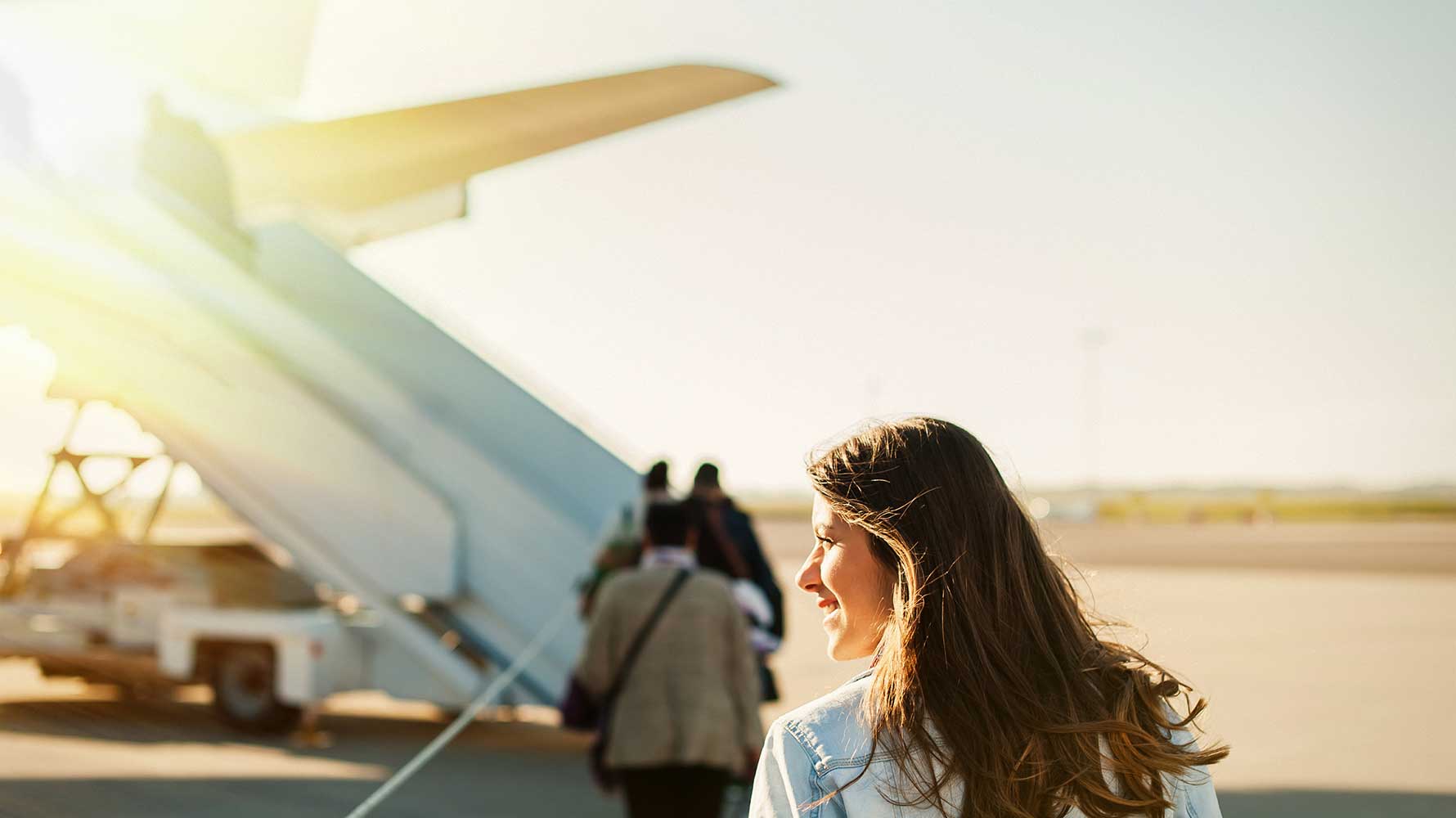In today’s business environment we’re used to figures defying expectation and have built up a resilience to change after the baptism of fire that was the pandemic and its economic fallout. But that doesn’t mean that managing travel and events for an enterprise organization is easy.
Global airfares rose 72.2% and hotel rates 29.8% in 2023, surpassing an originally forecasted 48.5% and 18.5% respectively. Rates are forecasted to climb even further in 2024 while travel budgets are significantly tighter than the halcyon days of 2019, “We’ve seen over the course of the last 12 to 18 months significant impacts from inflation in multiple geographies around the world,” says Nick Vournakis, CWT’s Chief Customer Officer, “local economies will combat inflation by raising interest rates creating pressure on supply growth working in parallel with robust demand for leisure travel creating a natural pressure on pricing. As we look forward pressure is starting to abate to some degree but it’s safe to say that we are normalizing around the true new cost of travel.”
A new baseline
Rather than looking back opportunity lies in planning around a new baseline of higher costs, and – as always – learning from each other. CWT gathered a group of business travel professionals collectively responsible for millions of dollars of travel and events spend around the findings of the CWT GBTA Global Business Travel Forecast 2024 in a webinar Realizing the true cost of travel in 2024.
Building programs amidst higher costs, and tighter budgets parallel to sustainability directives will be no mean feat—especially with operations spanning multiple countries and broad employee demographics.
Bolstered by a desire to build travel and events programs that are more sustainable, and purposeful amidst higher costs many are finding the challenge a meaningful one. Here’s a primer.
Purposeful travel
“With a high level of interest of the impact travel has on earnings and net zero targets, you need to get more with less,” says Vournakis. “how do we define purposeful, meaningful and valuable travel and get a dollar sign connected to that?
One noticeable evolution is changing trip patterns from single to multi-destination trips and spend allocation from internal meetings to more collaboration. In 2019, around 4% of all domestic trips globally were one-day trips shrinking to 3% last year.
“The one thing that we keep talking about internally is purposeful travel to justify the cost of a trip,” says Tracey Horrocks, Director Travel, Fleet & Meetings at GE Healthcare, “Because of the dispersed workforce we’re seeing more 15 – 50 person meetings so teams can get together. We’re also seeing longer trips and fewer trips over longer time periods. In some places, hotel spend is higher than air spend.”
Focusing on trips and events that provide the greatest return on investment attracts talent and enables employees to be at their most productive.
Two’s a charm
Julie Haddix Senior Director, Solutions and Customer Marketing at event and marketing software giant Cvent saw August demand for room nights rise 27% compared to the same month in 2019. Demand is up significantly leading to a change in destination choice, “We see a lot of events going to tier-two and tier-three cities,” says Haddix, “If you look at our top ten, three are in Austin and another three in Nashville. We had zero in New York. We are seeing a change in the cities people are choosing for their meetings and events.”
The CWT GBTA Global Business Travel Forecast shows a 5.6% rise on the cost-per-attendee in 2023 from 2022, expected to rise a further 3.0% to $174 in 2024. Higher costs and high demand mean that secondary cities will continue to grow in popularity as they often offer value for money and a novel experience.
Greener from the get-go
4 in 10 European companies and 1 in 3 US companies say they need to reduce travel per employee by more than 20% to meet their 2030 sustainability targets according to research by multinational professional services firm Deloitte.
Jon Bolger, Deloitte’s Head of Travel looks closely at sustainability credentials when considering cost, “Whether you’re a travel manager or procurement person there are good opportunities to start looking at better ways to leverage spend and link that to working with more sustainable hotels, for example. I would say to everybody to have a look at your top 10 hotels and how they rate for Co2. It gives you an opportunity to start addressing both sides of the equation at the same time, which is going to be of great interest to your business.”
Arthur Loubeau, an associate partner at global management consulting firm McKinsey & Company is also a believer in scrutinising data, using it to increase awareness and education, enable smart hotel and transport choices and encourage blended travel, “we might encourage consultants to stay at a destination over the weekend. It’s better from a lifestyle standpoint and gives them time to explore.”
Learning to build and budget successful travel and events programs starts from a new cost baseline and considers purpose, wellbeing and sustainability, “It’s really about showing the ways that enabling people to do what they do can return a 6-to-1 back into your business. This is not a wooden dollars exercise,” says Bolger.
Navigate rising travel costs and make smarter, more sustainable and cost-effective decisions for 2024. Listen to Realizing the true cost of travel in 2024.


